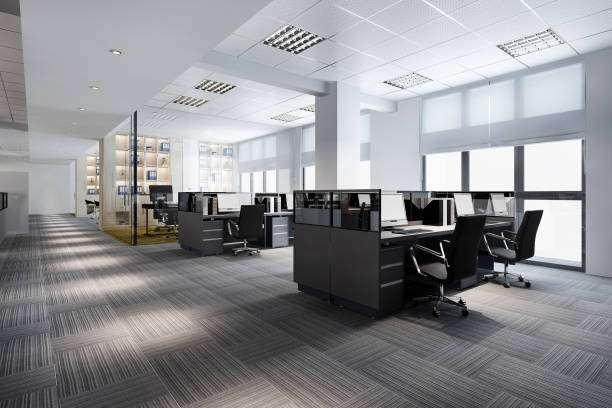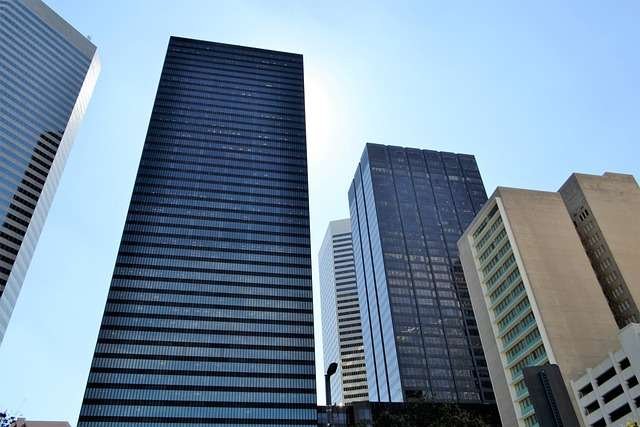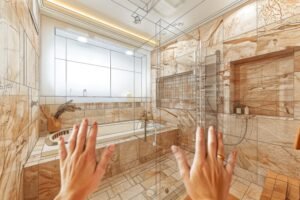In today’s fast-paced business world, maintaining a dynamic and productive workspace is essential. Regular office renovations play a crucial role in this regard, offering a host of benefits that extend beyond mere aesthetic improvements. Here, we delve into the five key benefits of regular office renovations and how they can positively impact your business.
1. Enhanced Employee Productivity and Morale
Boosting Efficiency and Engagement
A well-designed office environment can significantly enhance employee productivity and morale. Renovations that focus on creating open, flexible workspaces, incorporating ergonomic furniture, and ensuring ample natural light can make a world of difference. Employees who work in a comfortable and visually appealing environment are generally more motivated, engaged, and efficient.
Reducing Fatigue and Stress
Modern office designs often include features that help reduce fatigue and stress, such as quiet zones for focused work, relaxation areas, and green spaces. These elements contribute to a healthier, more balanced work life, reducing absenteeism and boosting overall productivity.
2. Improved Brand Image and Client Impressions
Reflecting Professionalism and Innovation
Your office is a reflection of your brand. A well-maintained, modern office space communicates professionalism, success, and forward-thinking to clients and visitors. Regular renovations ensure that your office keeps up with contemporary design trends and technological advancements, thereby leaving a lasting positive impression on anyone who walks through your doors.
Enhancing Client Experience
An updated office can also enhance the client experience. Comfortable seating areas, aesthetically pleasing décor, and state-of-the-art meeting rooms create an environment where clients feel valued and comfortable, fostering stronger business relationships.
3. Better Utilization of Space
Maximizing Efficiency
Over time, businesses evolve, and so do their space requirements. Regular office renovations allow companies to reassess and reconfigure their layouts to better meet current needs. This can involve creating multifunctional areas, optimizing storage solutions, or incorporating collaborative spaces that were previously lacking.
Accommodating Growth
As businesses grow, so does the need for space. Renovations can help accommodate this growth by making better use of existing space, potentially delaying or even negating the need for a costly move to a larger office.
4. Incorporation of Modern Technology
Staying Competitive
Keeping up with technological advancements is crucial for maintaining a competitive edge. Regular renovations provide an opportunity to integrate the latest technology into your office infrastructure. This can include upgrading to high-speed internet, implementing smart office systems, or installing advanced security features.
Enhancing Connectivity and Collaboration
Modern technology facilitates better communication and collaboration among employees. Renovated offices can include features like video conferencing rooms, interactive whiteboards, and other collaborative tools that support a more connected and efficient workforce.
5. Increased Property Value and Sustainability
Long-term Investment
Regular renovations can significantly increase the value of your office property. A well-maintained, modern office is more attractive to potential buyers or tenants, should you decide to sell or lease the property in the future. This can provide a substantial return on investment over time.
Promoting Sustainability
Incorporating sustainable design elements during renovations can reduce your office’s environmental footprint. Features such as energy-efficient lighting, HVAC systems, and sustainable building materials not only help the environment but can also lead to cost savings on utilities and maintenance in the long run.
Conclusion
Regular office renovations are not just about keeping up appearances; they are strategic investments that can lead to enhanced productivity, improved brand image, better space utilization, modernized technology, and increased property value. By prioritizing these updates, businesses can create a more dynamic, efficient, and appealing work environment that supports their long-term success.











